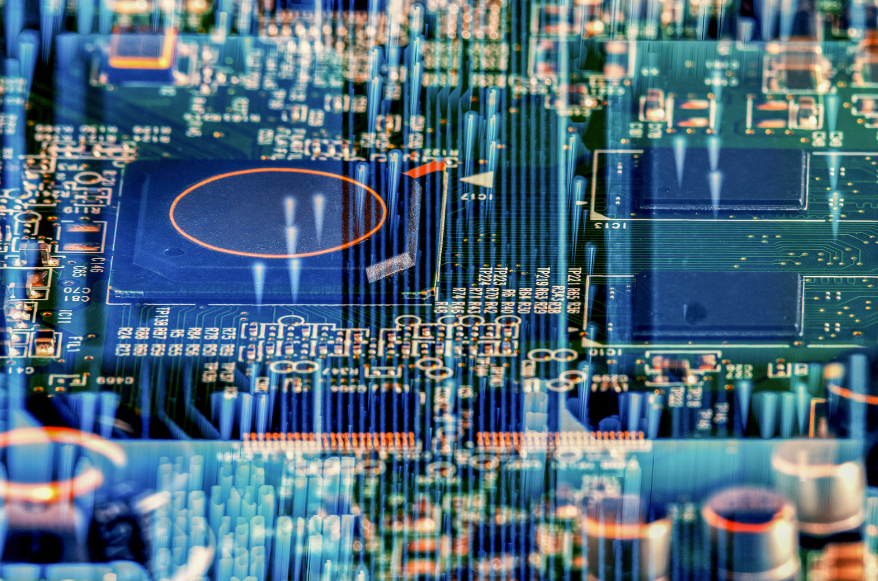Automated optical inspection, or AOI, is an essential technique for reducing potential errors in printed circuit board manufacturing. By leveraging machine-based defect detection, manufacturers can provide faster, cheaper, and more efficient production of PCBs.
With the rise of miniaturization and as PCB manufacturing grows in complexity, traditional methods of reducing errors and defects are no longer as effective or efficient. For instance, a visual inspection by a technician not only takes more time to accomplish but is prone to human error. Automating this process ensures better results.
Faulty printed circuit boards from a manufacturer can cost organizations a tremendous amount of time and money, and if not handled properly, can even be hazardous to an end user. In this blog, we answer what automated optical inspection is, and how it is used to provide high-quality printed circuit boards to customers.
What is Automated Optical Inspection?
Fundamentally, an automated optical inspection doesn’t differ all that much from a manual inspection performed by a technician. The difference lies in the fact that this information is handled by a computer. A machine can optically assess a printed circuit board much faster than a person, without eye strain or making mistakes.
Because AOI uses visual data to make inspections, it can only analyze the surface of a printed circuit board. This makes it ideal for tracking issues with bare boards, solder paste printing, component placement, and solder joints. To uncover errors that may have occurred between layers, as in multi-layer printed circuit board manufacturing, an automated x-ray inspection is necessary.
Methods of Automated Optical Inspection
Design Rule Check (DRC) Method
The DRC method is performed when a computer analyzes a printed circuit board with specific rules or constraints in mind. For instance, a design rule check might analyze a board to ensure that spacing between lines on a circuit board is uniform or larger than a certain value, preventing signals from shorting out.
This method is much faster to set up and implement, as the rules that are programmed in this method tend to be simple and the data capture requires minimal processing. However, this simplicity can also be a liability, as we consider the more advanced CAD data comparison method.
Computer-Aided Design (CAD) Data Comparison
A CAD data comparison is a much more detailed method of automated optical inspection. Rather than following a set of rules programmed into a machine, it analyzes a board directly against the CAD file that serves as the board’s blueprint. This ensures a higher level of accuracy and is the most efficient method of AOI currently available.
The amount of detail captured in a CAD data comparison does come at a cost. It takes more time and processing power to use this method. However, the results tend to be of a much higher quality as it isn’t simply observing potential errors on a PCB, but comparing it directly against the source.
Automated X-Ray Inspection (AXI)
As mentioned above, an automated x-ray inspection is not the same as an automated optical inspection, as it doesn’t rely on optical data to perform a check. However, in principle it shares the same function – an x-ray of a board is taken and compared against the CAD file, and any defects that are detected are revealed.
Because an x-ray penetrates through a board, it can capture defects that a normal AOI cannot, such as solder voids, solder quality, ball grid array shorts, and ball grid array open circuit connections. This makes it an incredibly useful diagnostic tool. Unfortunately, the cost of AXI methods tends to be much higher than AOI methods.
Automated Optical Inspections Cut the Costs of Defective PCBs
Automated optical inspections, and their x-ray counterpart, are essential tools for mitigating defects in printed circuit boards. PCB manufacturers select options based on the types of boards that they are manufacturing, and the reliability required. Class 3 printed circuit boards, like those used in medical settings and in aerospace applications, are often tied to the safety of the user, so more expensive error detection like AXI may be used to weed out defects.
At Imagineering, quality and speed are our top commitments. We provide competitive pricing that has made us a global leader in providing the best PCBs on the market. Contact us today to learn more about our services.

